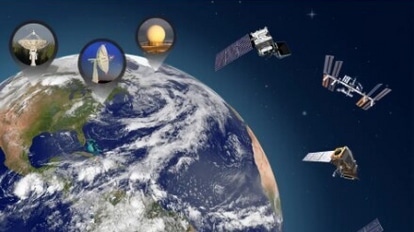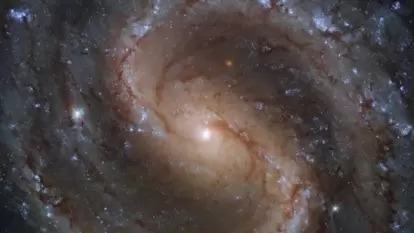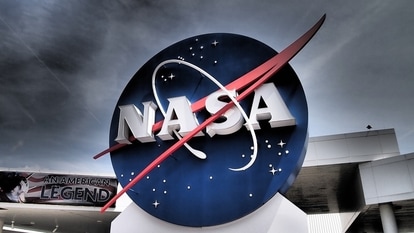Signing off! After touching farewell by InSight lander, NASA announces its death on Mars
NASA's InSight lander had sent a touching message just before its death.
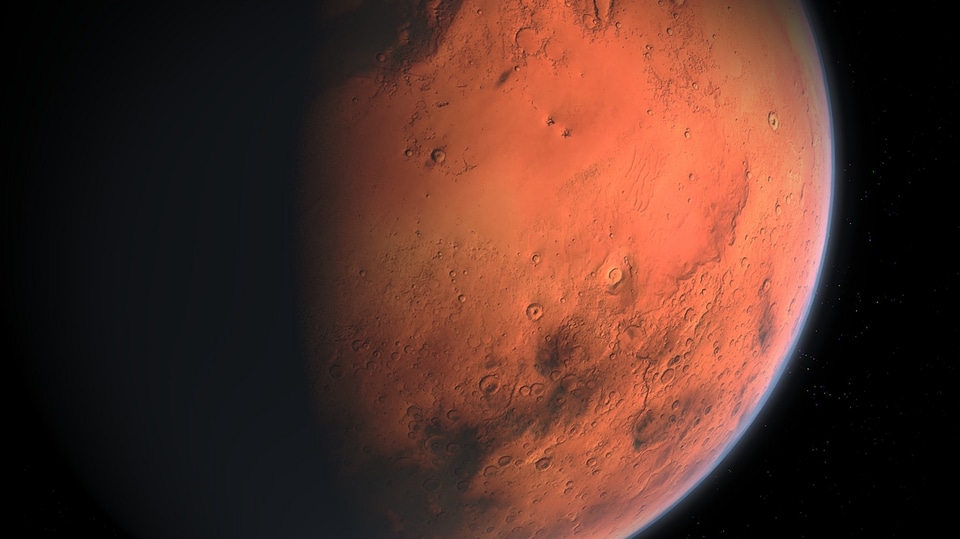
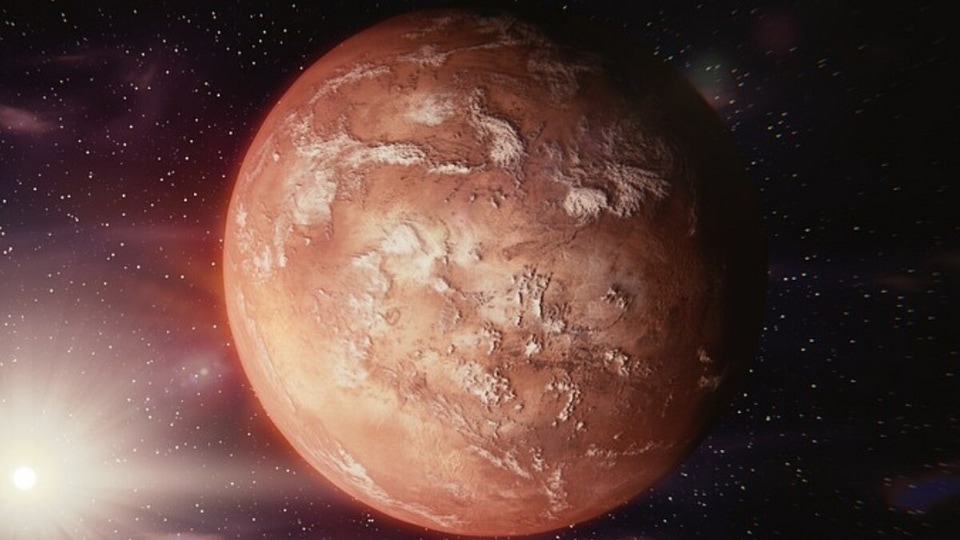
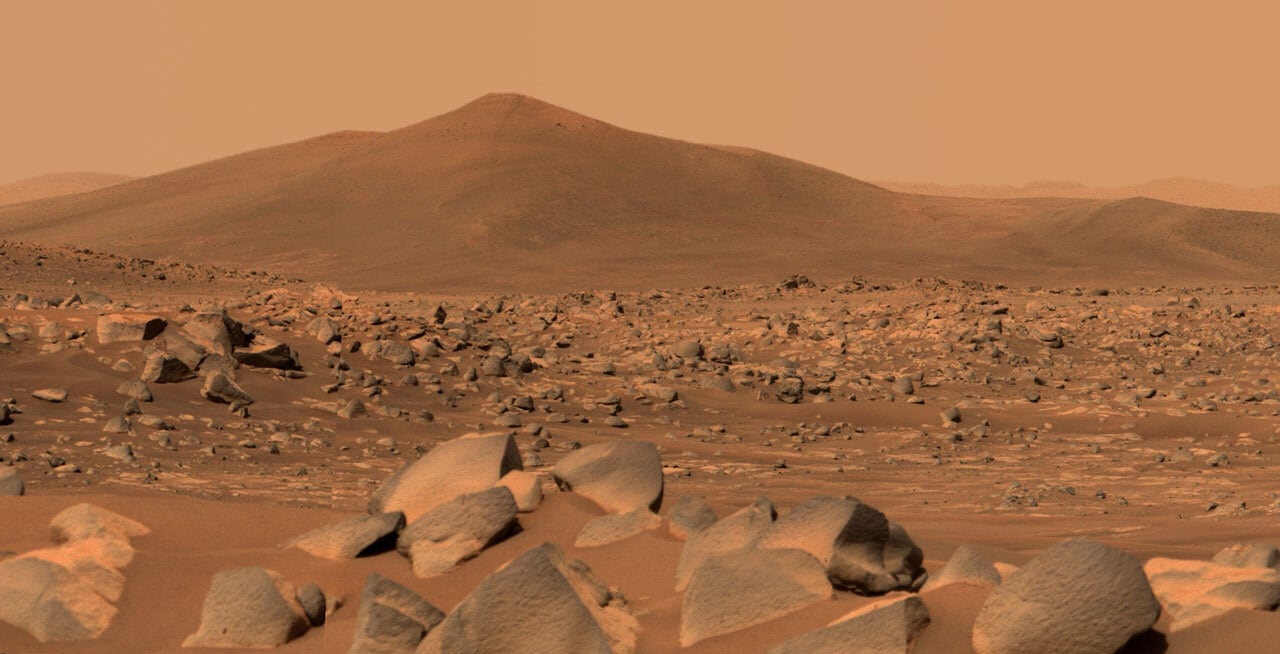

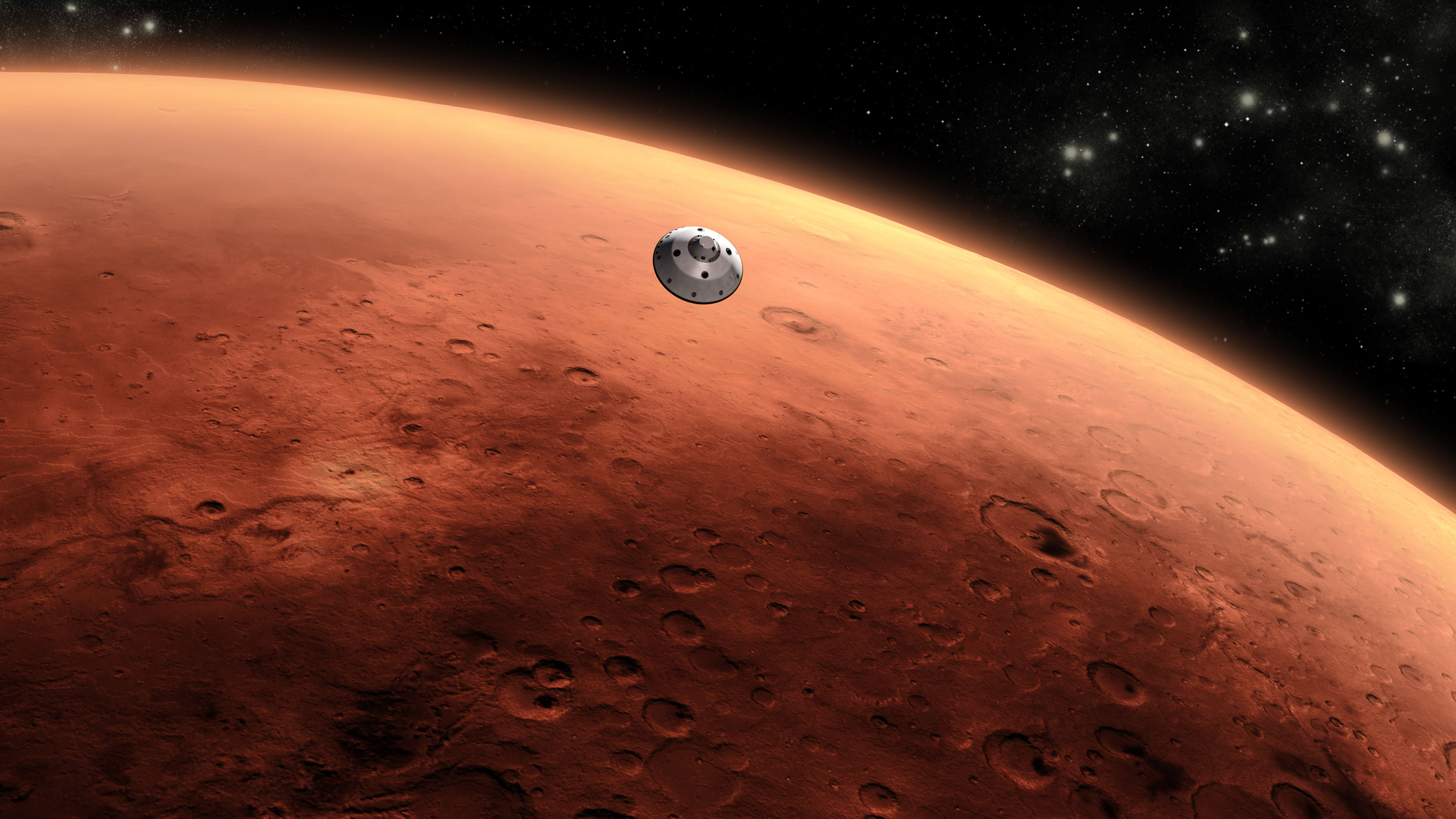
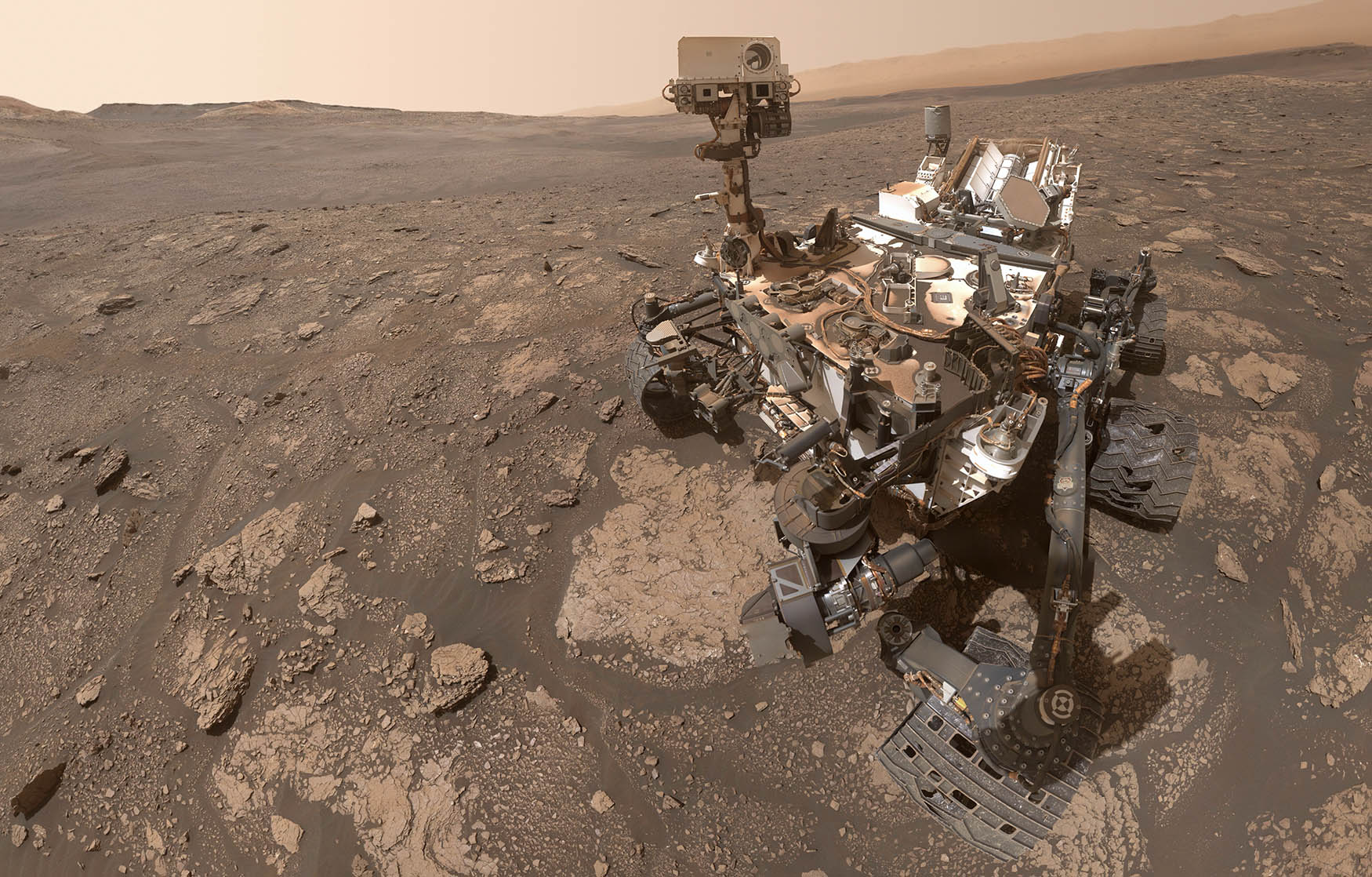
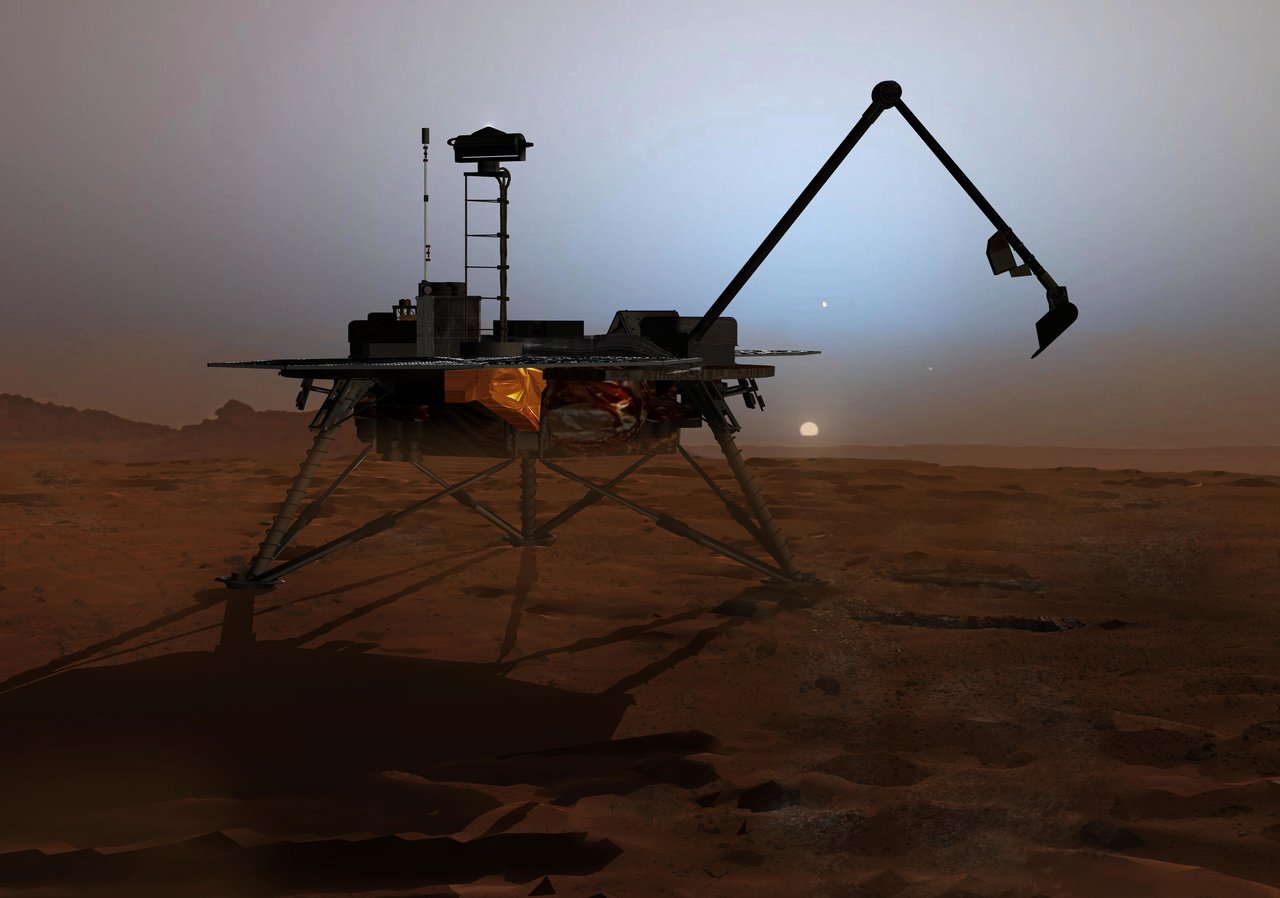
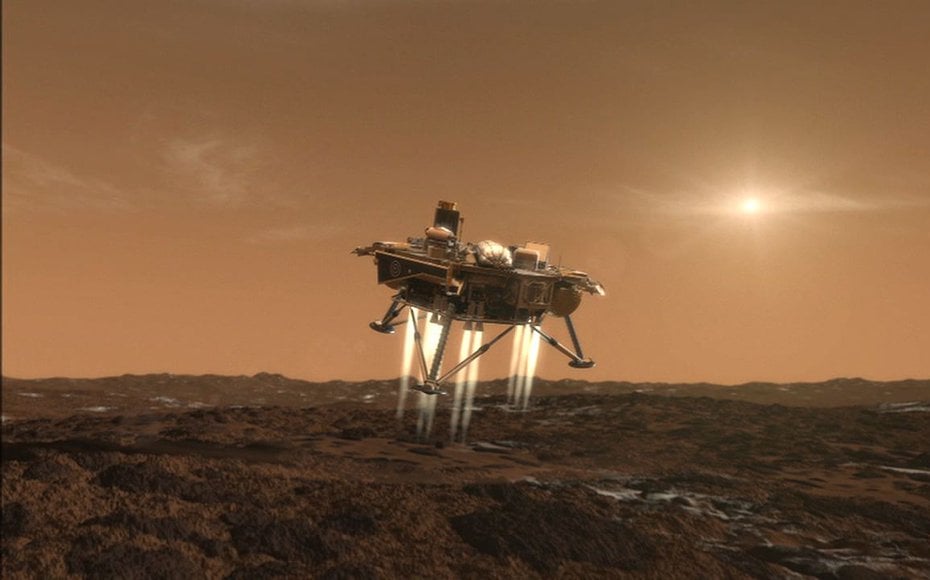
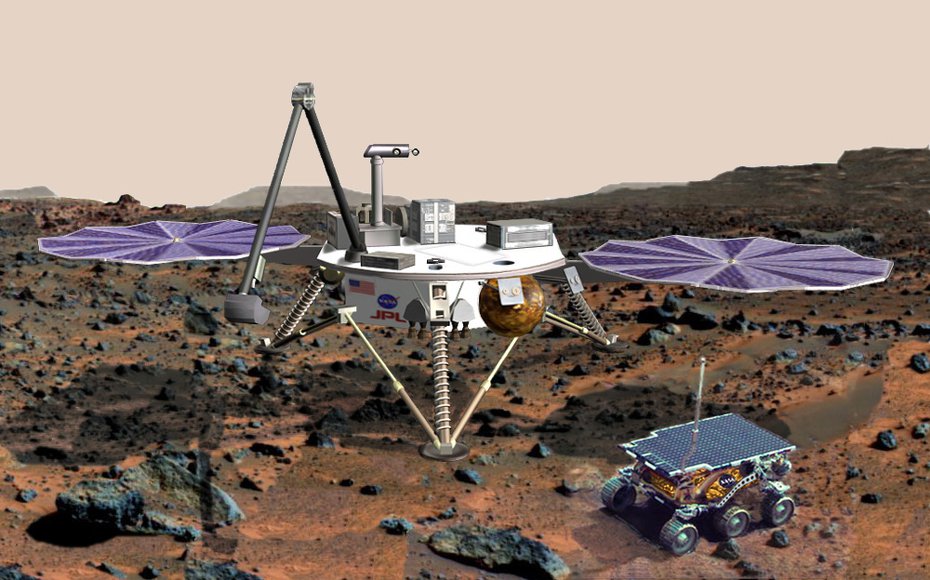

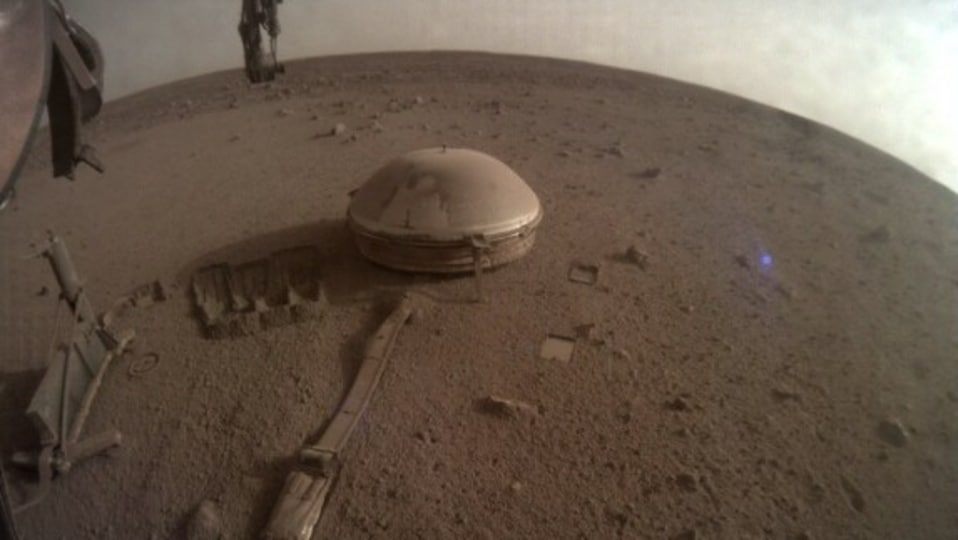
 View all Images
View all ImagesBack in November 2018, US space agency NASA landed its InSight Lander on Mars with the aim of helping scientists see deep into Mars. Now, after more than four years of doing unique science on Mars, NASA has officially ended the InSight mission. NASA's InSight lander had sent a touching message just before its death a day ago that said, “My power's really low, so this may be the last image I can send. Don't worry about me though: my time here has been both productive and serene. If I can keep talking to my mission team, I will – but I'll be signing off here soon. Thanks for staying with me.”
NASA had decided that the mission will be declared over if they miss two communication attempts. Hence, the space agency concluded that the spacecraft's solar-powered batteries have run out of energy when mission controllers at the agency's Jet Propulsion Laboratory (JPL) failed to contact the lander after two consecutive attempts. NASA's engineers referred to the InSight spacecraft as a “dead bus.” However, NASA will continue to try to catch signals from the lander just in case the lander responds. Though, NASA mentioned that “hearing from it at this point is considered unlikely.”
What caused the end of energy for NASA's InSight mission? Earlier, the space agency informed that its InSight spacecraft is getting close to the end due to dust gathering on its solar panels, making it hard to generate power.
About NASA's InSight spacecraft and its discoveries
InSight, which is short for Interior Exploration using Seismic Investigations, Geodesy, and Heat Transport, was sent to study the deep interior of Mars. It studied Mars' crust, mantle, and core. While, seismic waves were the main aim of the mission revealing the size, depth, and composition of the inner layers of the red planet.
Due to its highly sensitive seismometer, InSight has detected 1319 marsquakes during its journey, some of which include quakes caused by meteoroid impacts. Such impacts help scientists to study the age of the planet. “The seismic data alone from this Discovery Program mission offers tremendous insights not just into Mars but other rocky bodies, including Earth," Thomas Zurbuchen, an associate administrator of NASA's Science Mission Directorate said in a blog.
Catch all the Latest Tech News, Mobile News, Laptop News, Gaming news, Wearables News , How To News, also keep up with us on Whatsapp channel,Twitter, Facebook, Google News, and Instagram. For our latest videos, subscribe to our YouTube channel.




